Pork Chop Buns from Macau
Macau is a Chinese administrative region across the South China Sea from Hong Kong. Whereas the latter was a British colony whose sovereignty was returned to China in 1997, Macau was returned to China by Portugal in 1999. Like other colonialist cultures we’ve encountered before at the Tribunal, the Macanese table combines elements of Portuguese cuisine with local ingredients and flavors. Portuguese egg tarts and bacalhau, Asian soy sauce and spices, even African and Latin American dishes add to the richness of Macanese cuisine. And the pork chop bun is the quintessential street food of Macau, a bone-in slice of pork, marinated with soy sauce, Shaoxing wine, garlic and Chinese five spice, fried until crisp and served hot in a Portuguese bread roll.
Tai Lei Loi Kei restaurant in Macau is credited with inventing the sandwich, serving them since 1968. A second location in Singapore also serves the sandwich, as do many other restaurants in and around Macau.
Recipes for the dish abound on the Internet. Many of them call for the bone-in, thin-sliced chop described as standard for the dish, but there are a whole lot of recipes out there with boneless pork chops (convenient!) or even thick-cut boneless chops. Who wouldn’t prefer to use a nice thick pork chop in a sandwich like this?
First though, I’d need Portuguese rolls. These are actually fairly readily available in various bakeries around the area, even in some grocery stores. But I’d been having a lot of success with my baking experiments recently so I decided to try and make them myself.
Portuguese rolls, called “Papo secos” in Portuguese, are a light-crumbed and crisp-crusted roll with a characteristic oval shape with a prominent split down the middle. I read several different methods for creating the shape and the split–folding over, rolling up and baking seam-up, using a lame–and tried several of them but didn’t quite get the rolls right in this first iteration. They were good though, and good enough for this first attempt.
The crumb had nice structure for rolls made with all-purpose flour, which most recipes I’ve seen specify.
As for the pork chops, I used a marinade of soy sauce, Shaoxing wine, sugar, sesame oil, white pepper, garlic, ginger, and baking soda. After tenderizing the pork chops with a mallet and marinading them overnight, I dredged them in tapioca flour and fried them in oil.
- Thick-cut pork chop, marinated, dredged, and fried
- Homemade pork chop bun
- Homemade pork chop bun
The pork chops was spectacular. Though it’s a lot of pork for a sandwich with not much else going on. I attempted another version with mayonnaise and lettuce, not standard but sometimes used in people’s home versions.
- Homemade pork chop bun
- Homemade pork chop bun
- With mayonnaise and red leaf lettuce
It was fine as well, and some of my family preferred theirs this way. I think the pork chop alone version was better, but still wanted to try one with the more traditional thin-cut bone-in pork chop.
Fat Rice
Fortunately, there’s a Macanese restaurant in Chicago’s Logan Square neighborhood called Fat Rice. Several Yelp reviews rave about their rendition of the pork chop bun. Unfortunately, it did not appear to be on the menu currently. I contacted the restaurant to find out whether it was off the menu permanently. They graciously offered to make the sandwich for me, even though it’s not currently on the menu.
Of course there are a number of other delights at Fat Rice as well, including this cheese flan with guava preserves and shaved rhubarb, served with house made saltines.
The menu is colorful and creative, even when serving a traditional meal like arroz gordo. This is a sort of Macanese take on paella, with various sausage, curried chicken thighs, tiger prawn, char siu pork, roasted beef, olives, gherkins, preserved eggs, and any number of other accoutrements sitting atop a flavorful seasoned rice, brown and crisp on the edges from contact with the hot stoneware bowl.
We ordered many dishes that evening, but the star of the show was the pork chop bun. The Fat Rice version is served on a perfect Portuguese roll, the brown crust a thin shell over a soft and light interior. The thin bone-in pork chop is brined overnight and fried hard, browned but tender. It’s served with a ramekin of house-made Chinese mustard, curried cabbage, and shrimp crackers.
The sandwich was glorious just on its own, a perfect piece of bread with a simple and tasty slice of meat enclosed. Dipped in a bit of the Chinese mustard, it transcended. The Chinese mustard had some of the sinus-burning heat of a standard Chinese mustard, but tempered with soy sauce and a touch of sweetness. I found myself dipping pieces of bread and shrimp crackers in it long after the sandwich was gone. The curried cabbage was also good, earthy and yellow from turmeric, mildly sour from vinegar or perhaps a short fermentation. But that sandwich was the star of the table.
I’d like to thank Fat Rice for taking such great care of us that night. I heard hints that they’d like to put the sandwich back on the regular menu. Perhaps if there’s enough interest out there, they will. Regardless, if you’re in or around Chicago you’d do well to check out this welcoming spot and its unique cuisine.
Take 2
Shaping the rolls: I did some more research and I think I got the shaping right this time, smashing the rolls down the center, twisting the ends, proofing them seam-side down and then turning over before baking.
- Portuguese rolls take 2
- Portuguese rolls take 2
I liked the color better on the first batch though. Still, these rolls were good, light on the inside, could have been a bit crisper on the outside but a little time under the broiler helped with that. I toasted the cut ends as well this time, to match how Fat Rice served theirs.
It’s my understanding that Fat Rice uses a brine with their pork chops rather than a marinade, and it doesn’t appear that they dredge the chops in any flour before frying, but I liked the flavor and crispness of the thick chops I’d used previously. The technique worked as well or better on these thin bone-in chops.
- Pork chop bun take 2
- Pork chop bun take 2
This was a great sandwich. My version of the pork chop is different, but every bit as good as Fat Rice’s. But I can’t help but keep thinking of the amazing bread they used, their spectacular Chinese mustard, the many other dishes and even house-made beverages we enjoyed while there.
I can get close sometimes, doing my own homemade versions of these sandwiches, but I appreciate places like Fat Rice for bringing us a taste of the cuisines of far flung lands many of us will never see.

I like sandwiches.
I like a lot of other things too but sandwiches are pretty great


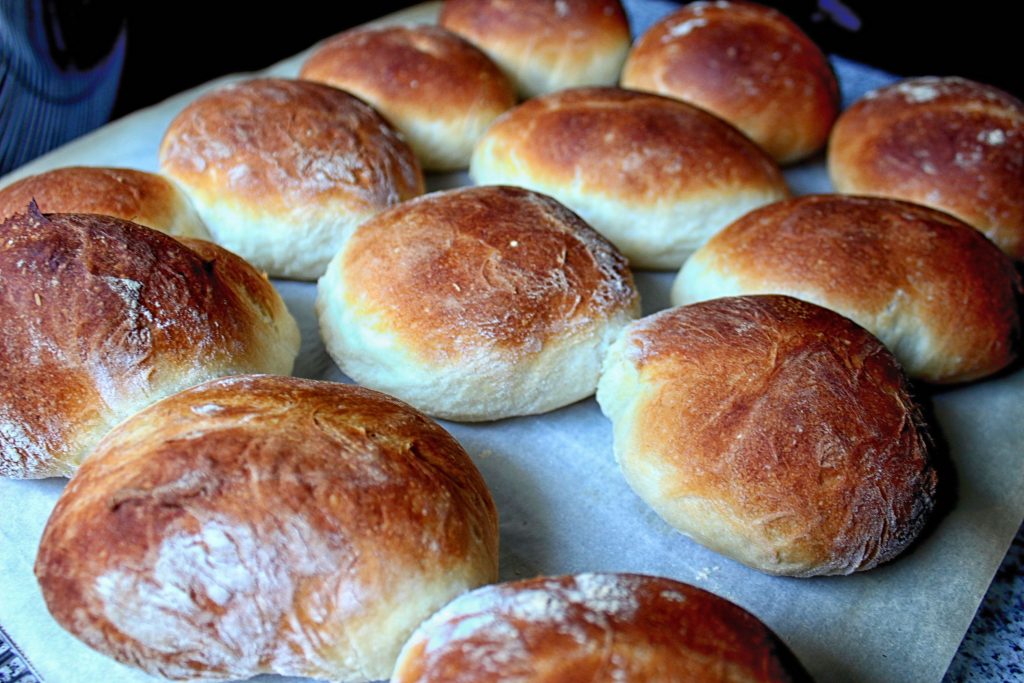
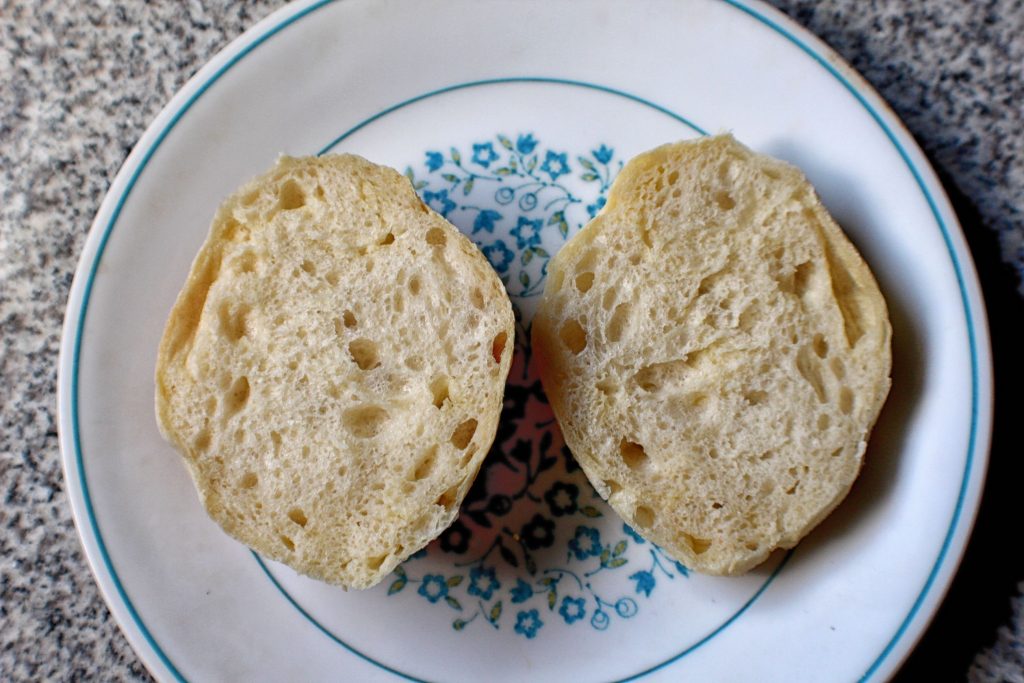
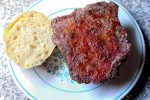

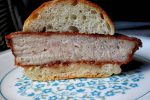
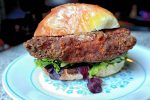
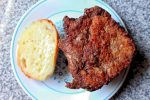
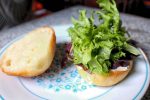
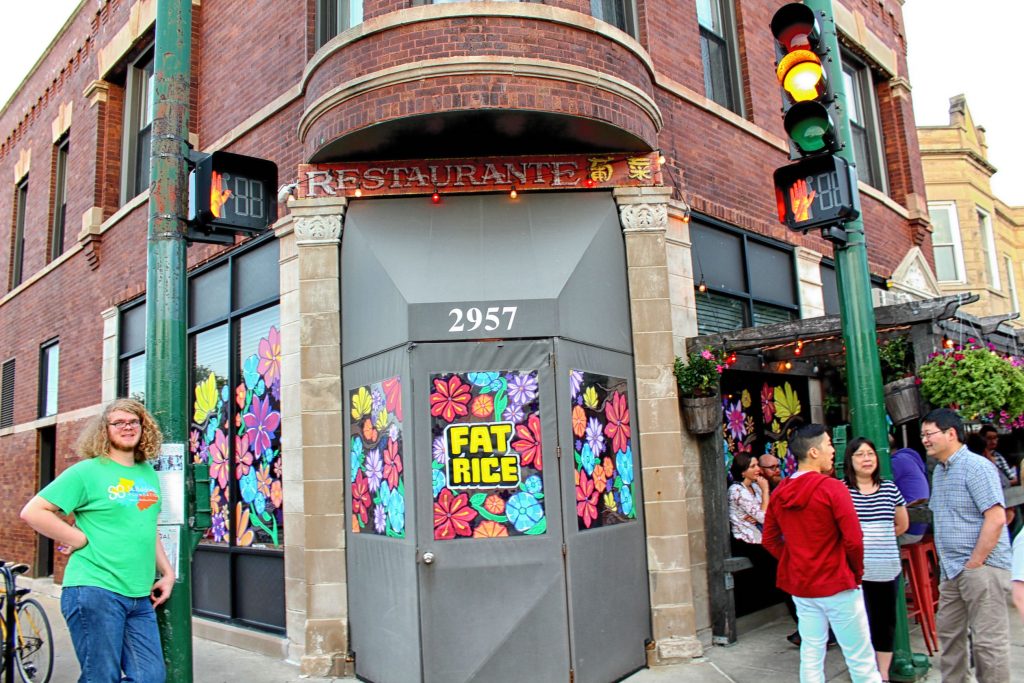
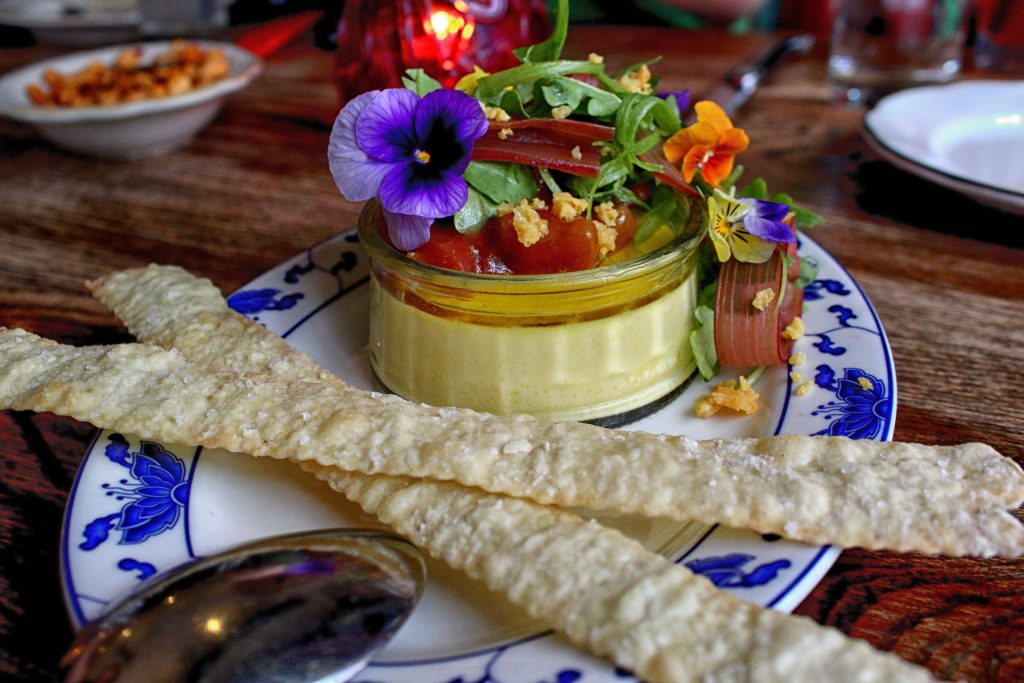
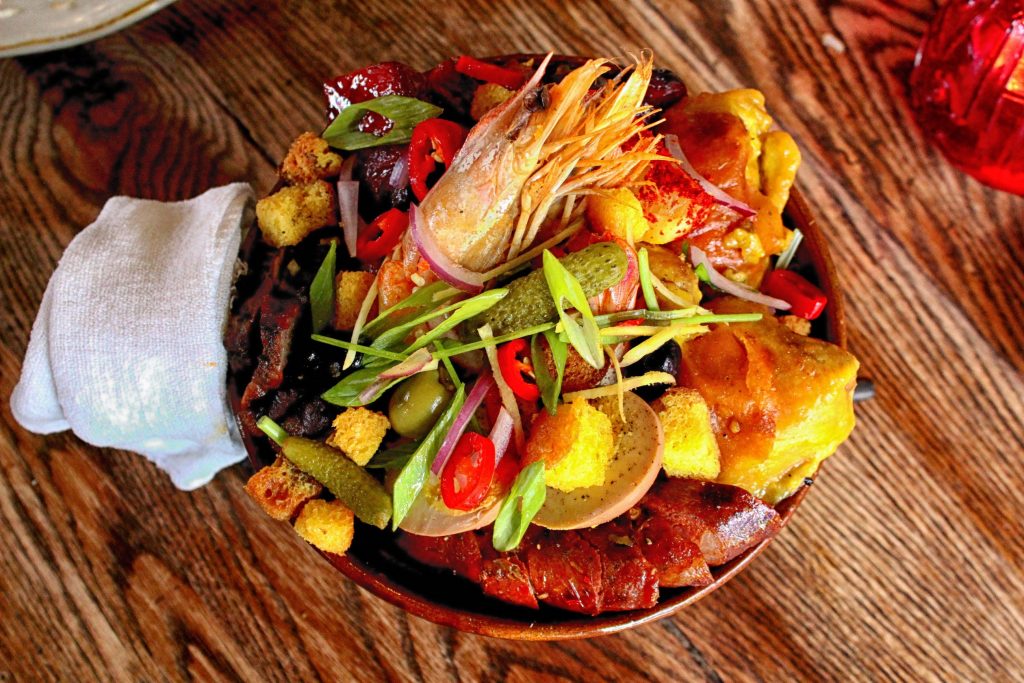
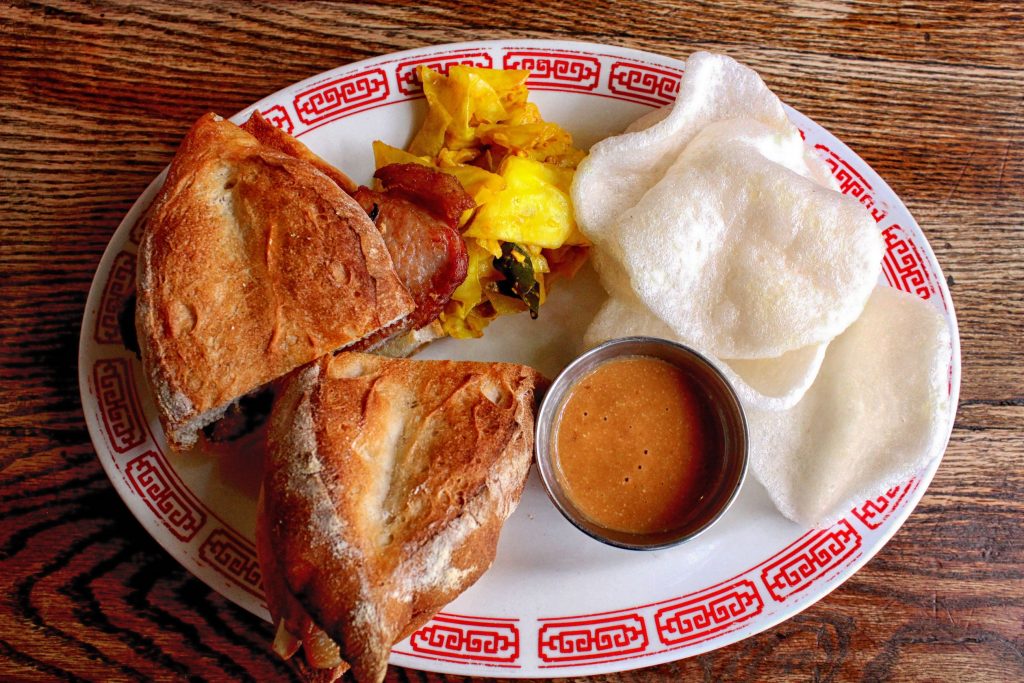
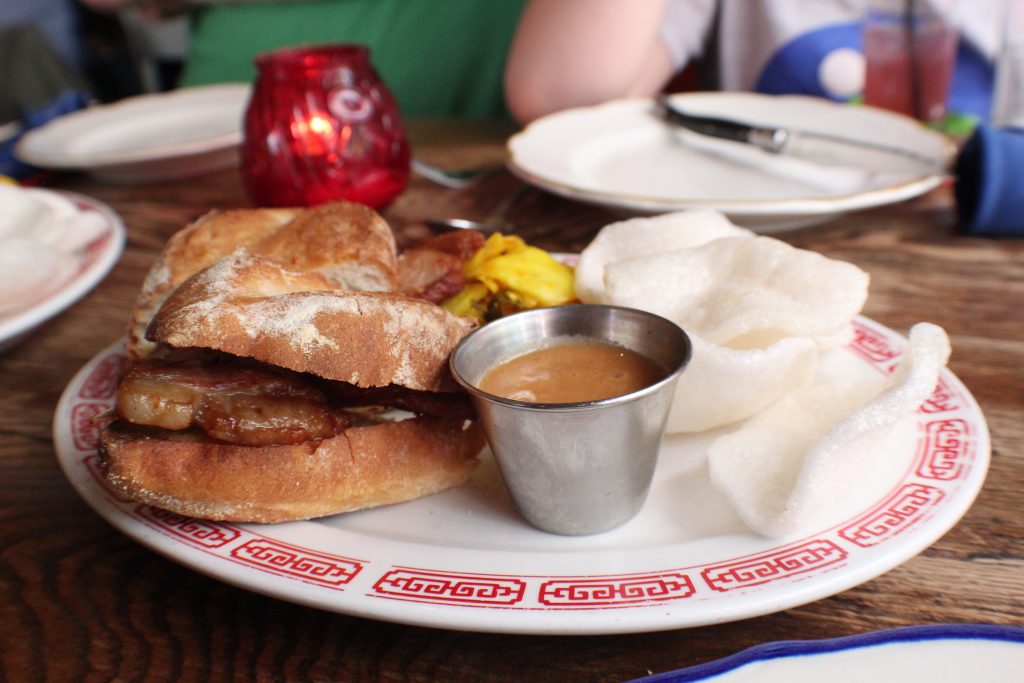

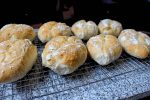
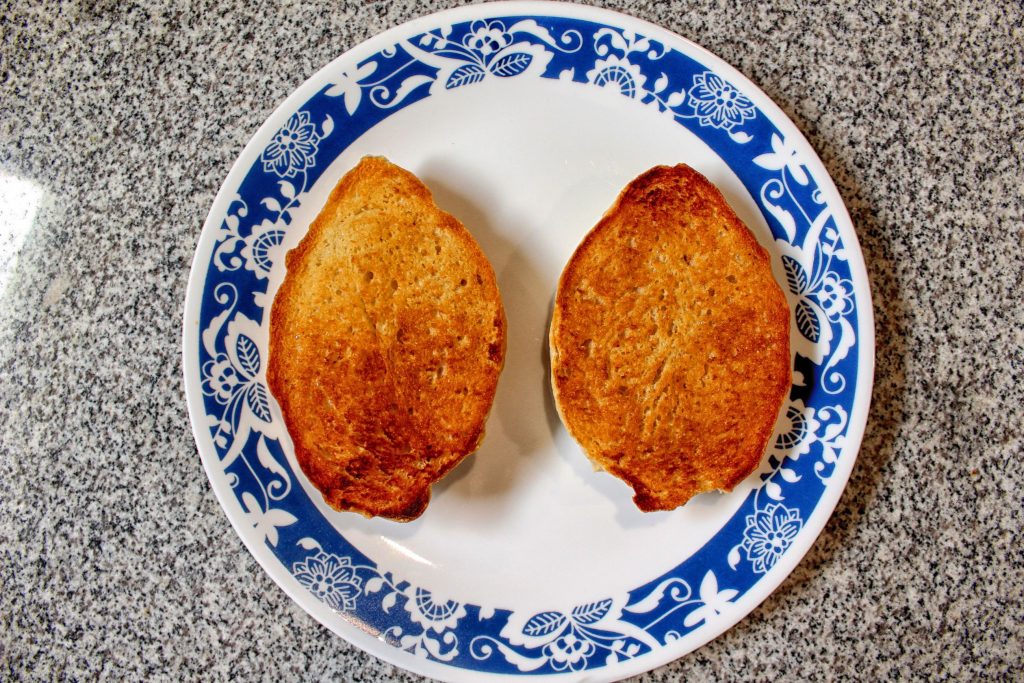
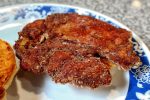
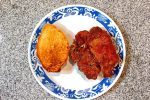
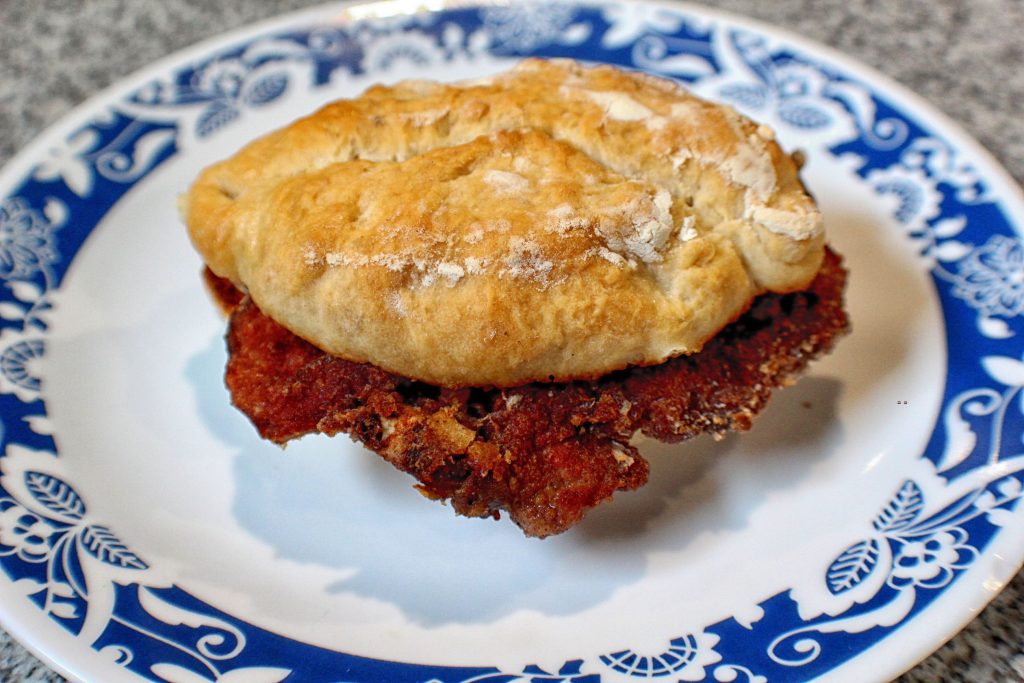

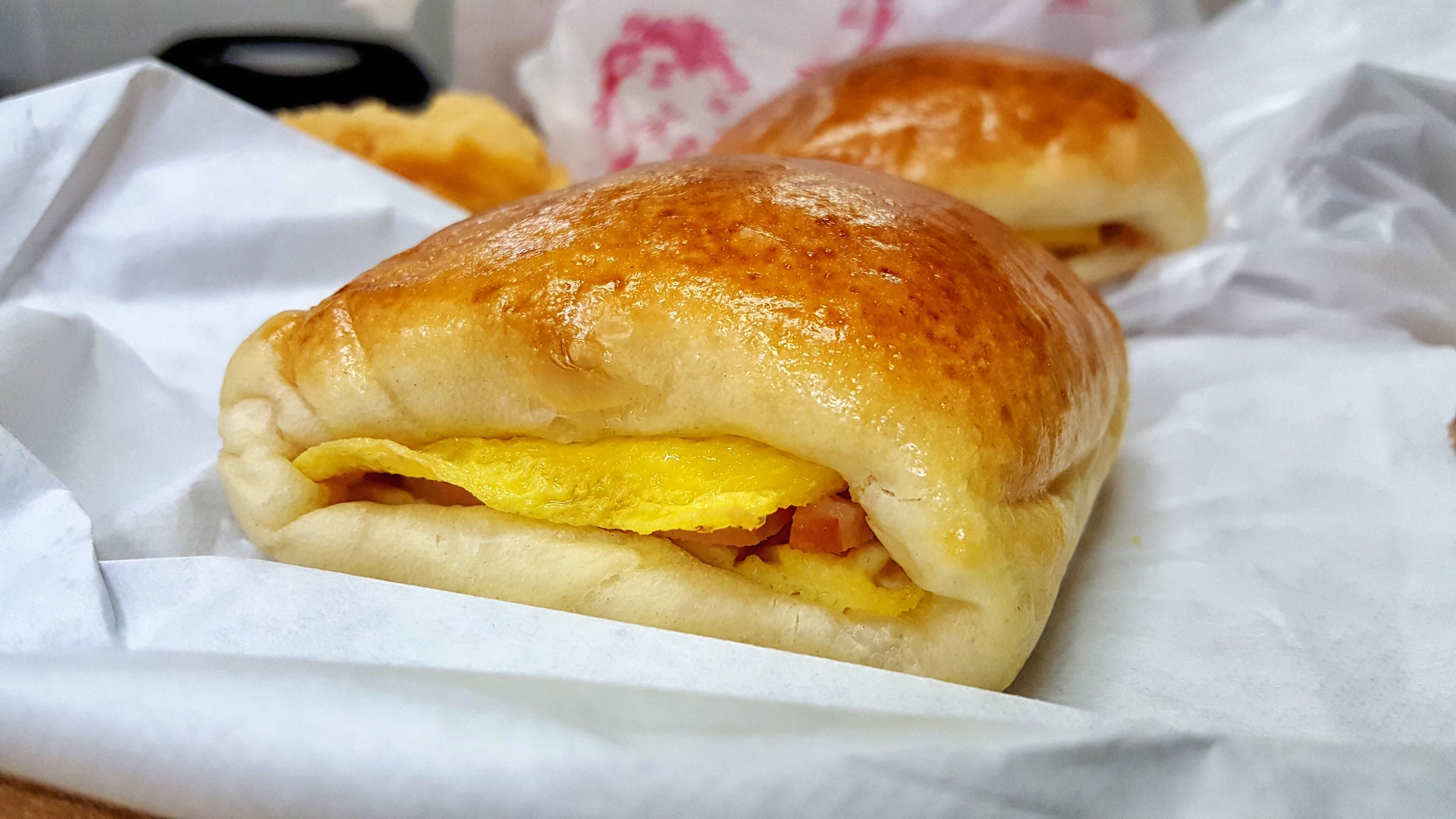
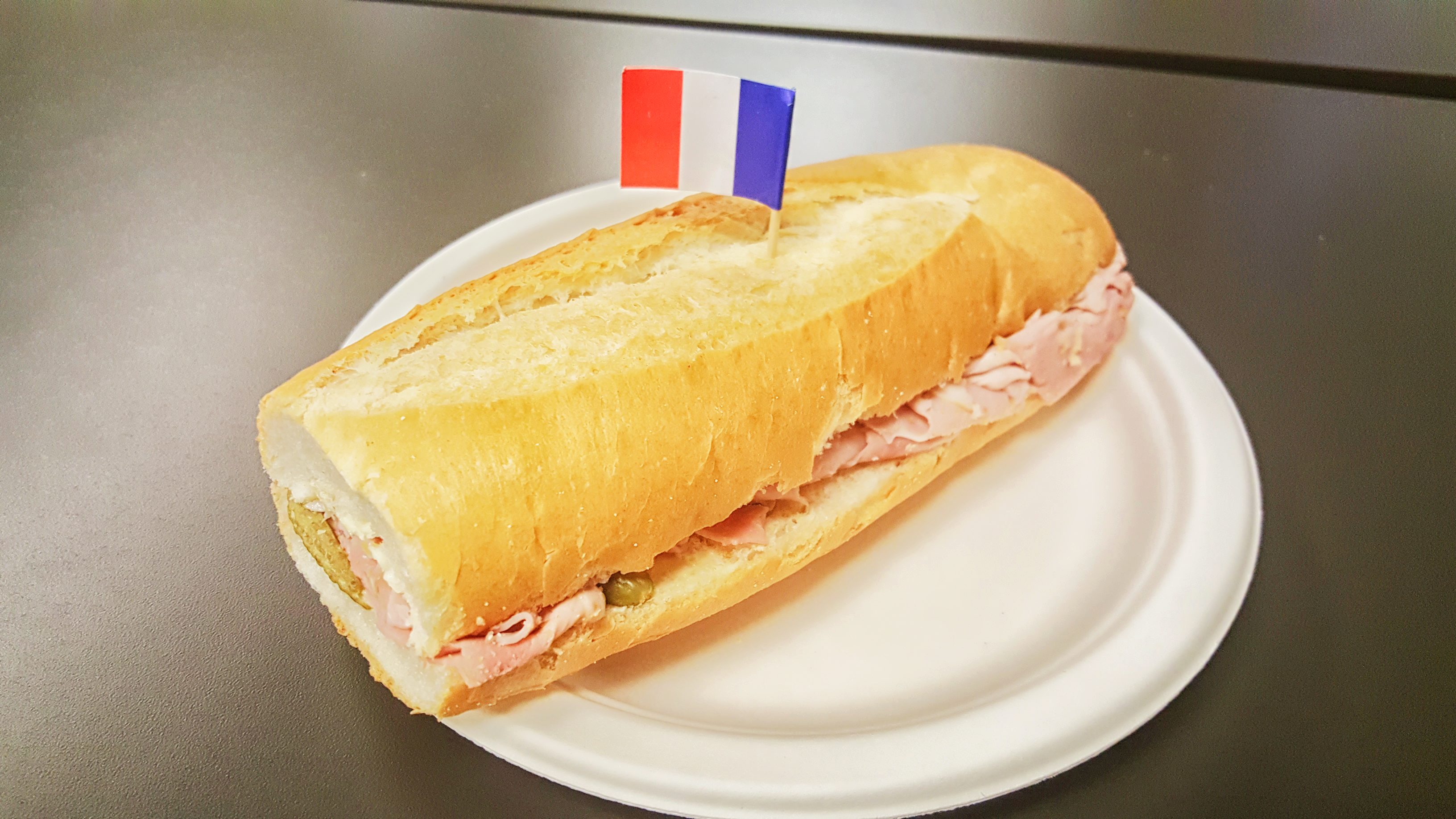






Great Sandwich, gonna try this one out